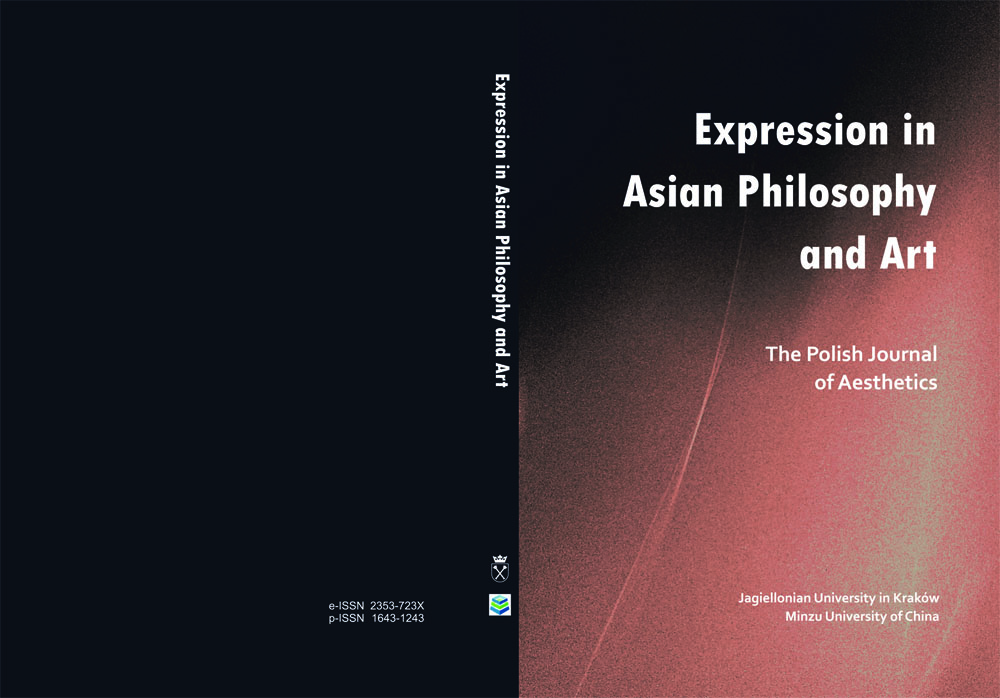Tension Between Illusion and Reality in Zhuangzi’s ‘Dream of the Butterfly.’ Philosophical Analysis of Western Reception
Tension Between Illusion and Reality in Zhuangzi’s ‘Dream of the Butterfly.’ Philosophical Analysis of Western Reception
Author(s): Agnė BudriūnaitėSubject(s): Philosophy, Non-European Philosophy, Metaphysics, East Asian Philosophy
Published by: Wydawnictwo Uniwersytetu Jagiellońskiego
Keywords: allegories in Daoism;Zhuangzi;illusion;reality;forgetting
Summary/Abstract: One of the most important allegories of Daoism is the ‘Dream of the Butterfly’ in the second chapter of the Zhuangzi (Qi wu lun). Sometimes it is supposed to be a rep-resentation of all Daoist or even all Chinese philosophy in the West. This allegory encompasses fundamental Daoist notions, such as spontaneity, ‘free and easy wan-dering,’ non-action (wu wei), natural self-alternation (ziran), the no-perspective of a sage and the understanding of correlation between life and death. The purpose of this paper is a philosophical analysis of the relationship between illusion and real-ity in the Zhuangzi looking from the ‘Western’ perspective. To achieve this, I will re-view some of the most distinct English translations of the allegory that show possible multiple meanings of the allegory and many fundamentally different, sometimes op-posite interpretations of it and discuss the significance of the relationship between illusion and reality. There is a huge body of academic literature about translating and interpreting the texts ascribed to the Zhuangzi. I will mention only some of the commentaries and will pay more attention to other stories of the Zhuangzi, looking there for the explication and explanation of the main ideas found in the ‘Dream of the Butterfly.’
Journal: Estetyka i Krytyka
- Issue Year: 32/2014
- Issue No: 1
- Page Range: 137-152
- Page Count: 16
- Language: English

